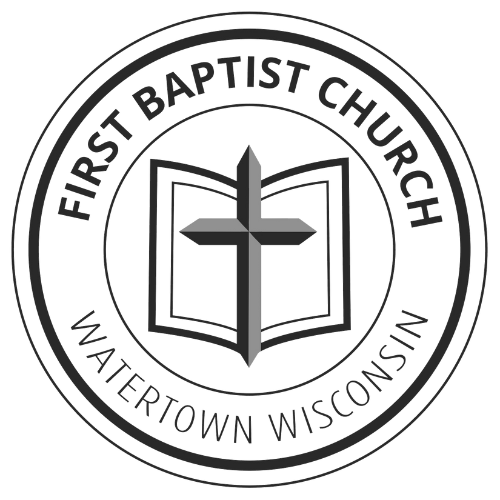Richard Muller, Christ and the Decree: Christology and Predestination in Reformed Theology from Calvin to Perkins
Grand Rapids: Baker Academic, 2008, 235 pgs.
Summary: Muller argues that the Reformed scholastics were not rationalists and did not organize their doctrine around a central doctrine, such as predestination. Further, he shows the continuity and discontinuity between Calvin and the third and fourth generation Reformers.
The essential history of Reformed thought begins with the response of Luther to the sacramental system of the Roman Catholic Church via his interpretation of Paul. Paul placed Christ at the very center of salvation and history. Luther and the Reformers concluded that the “medieval system was christocentric only in a formal sense” (73). Christ merited the grace, but God as the first mover and the Church bestowed the grace through the sacraments ex opera operato. Christ as the current mediator and the meeting place of God and man was severely compromised by the Church’s view of itself as the mediator and dispenser of grace. The recipient of sacramental grace must not hinder the work of God and the Church, but faith in Christ was secondary. Christ’s merit was further eroded by the addition the saints’ merit to the process of salvation and sanctification.
The Reformers responded by attempting to return Christ to the center of salvation as the only mediator and meeting place of God and man through the five solas (grace, faith, scripture, Christ, glory of God). The solas also required that they return to a Paulian or Augustinian anthropology. Both theological moves required them to respond to the medieval scholastic system of thought defending the Roman Catholic system. The first generation of Reformers did so mainly through exegesis of Scripture, but the next several generations needed to work out a theological framework that organized and maintained that exegesis in a non-contradictory manner. All of the Reformers, including Luther and Calvin, appropriated theological and philosophical tools to develop the distinctions and structures in defense of Scripture. Their system was not rationalistic, but was reasonable assuming the inspired Bible as a controlling element of their theological developments.
Benefits/Detriments: An extremely helpful overview of the development of Reformed theology from Calvin to Perkins and the continuity and discontinuity between the Reformers, the patristic, and medieval scholastics. The book is narrowly focused in response to the poor historical analysis of the last 150 years. It demolishes the “central dogma” tenant and the issue of “Calvin against the Calvinist.”
It was a delight to see the Baptist John Gill (1697-1771) mentioned as a Reformed scholastic.
